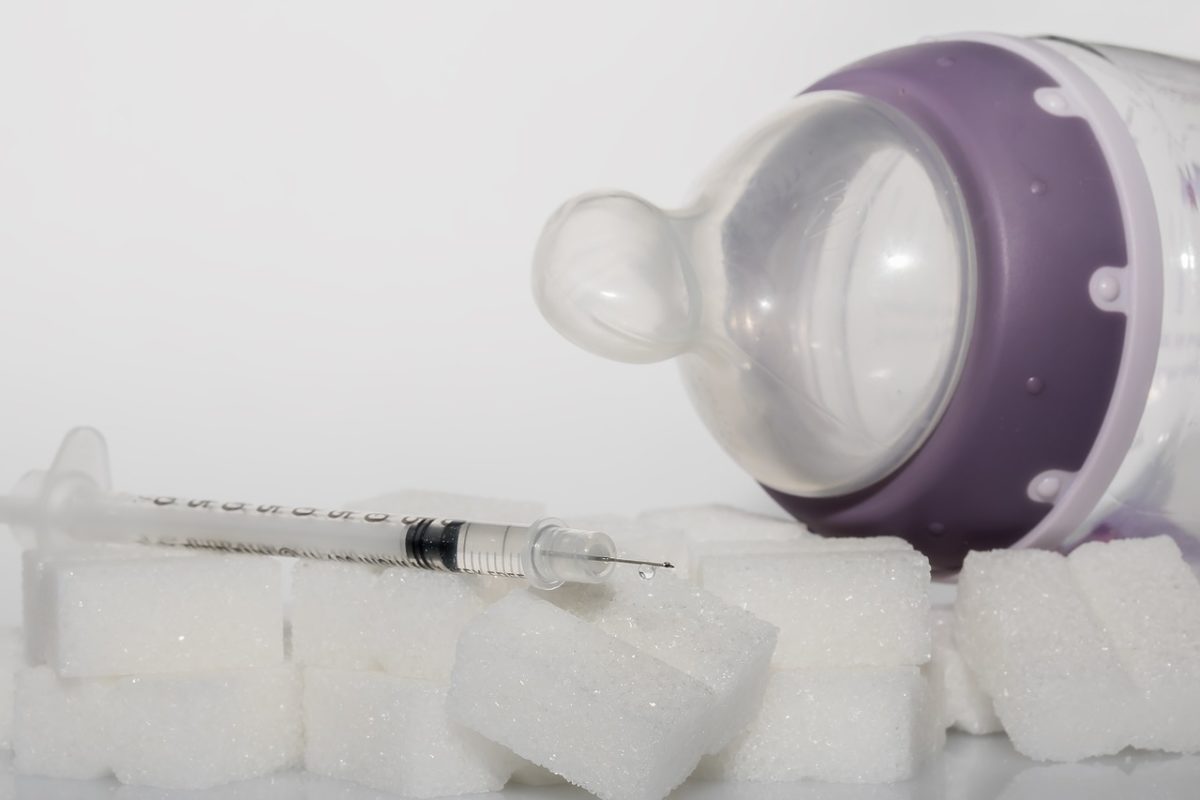Diabetic shock, also known as hypoglycemia, is a danger that every person with diabetes lives with on a daily basis. It occurs when blood sugar levels fall below normal. It can happen when an individual forgets to eat, they don’t eat enough for the work they’re performing, or too much insulin is injected.
There are a number of prescription and over-the-counter medications that can affect blood sugar levels. Consuming alcohol decreases the amount of glucose in a person’s body, along with some types of critical illnesses and weight loss diets. People that don’t have diabetes can also have low blood sugar. There’s a range of symptoms that accompany low blood glucose levels and diabetic shock. Individuals may experience some or all of them. They are:
- Anxiety
- Fatigue
- Hunger
- Irritability
- Irregular or fast heartbeat
- Pale skin
- Shakiness
- Sweating
- Tingling or numbness in the lips, tongue or cheek
If not addressed promptly, low blood sugar worsens. Vision can become blurred and individuals may become confused and experience the inability to perform even simple tasks. Seizures and loss of consciousness follows and can result in death.
Low blood glucose levels can occur anytime or place. It’s a medical condition that results in a variety of accidents encompassing falls, other types of injuries, and car crashes. Those that experience hypoglycemia have a greater risk of dementia if they’re older adults. It’s essential that diabetics carefully monitor their glucose levels through testing.
Immediate treatment for low glucose levels is required. Anyone with hypoglycemia should eat or drink 15-20 grams of fast-acting carbohydrates. Don’t consume diet candy or beverages. Instead, use glucose tablets or fruit juice. Check blood glucose levels every 15 minutes afterward and consume another 15-20 grams of carbohydrates until glucose levels are above 70 mg. Have a snack or a meal once glucose levels have stabilized.
Anyone experiencing severe hypoglycemia – diabetic shock – may not be able to eat. They may need an injection of glucagon or an intravenous injection. Friends and family should be made aware of what to do if an incident occurs. It’s a good idea for diabetics to keep a glucagon kit on hand and where to find it. Call for emergency medical assistance if no kit is available or no one knows how to use it.
If you would like to find out about earning cash for your unwanted, unused and boxed test strips, complete our online quote form today.
If you have extra, unopened and unused boxes of diabetic test strips – whether you have switched brands, no longer need to test or test less frequently, or have a loved one who has passed away – don’t let them gather dust until they’ve expired and end up in the trash. We’re the best place to sell diabetic test strips online, and if you want to sell your test strips, we’re here to make the process easy and enjoyable!
Visit us at Sell Your Test Strips and get your free quote today!
Like us on Facebook


